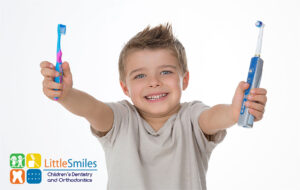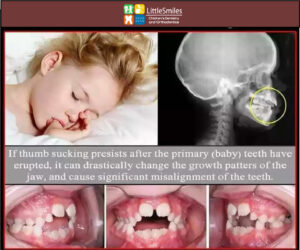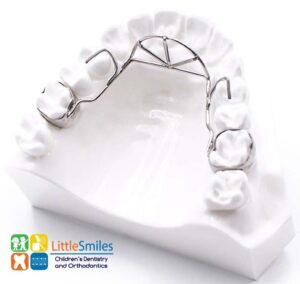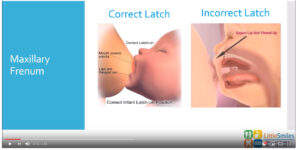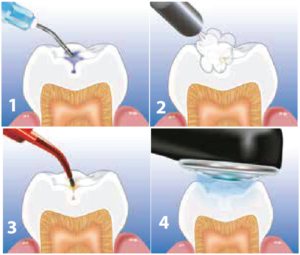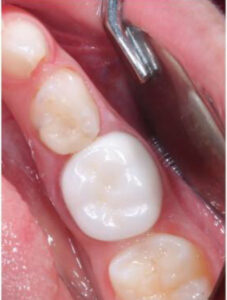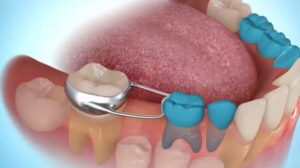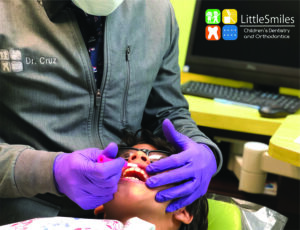Benefits to choosing that perfect toothbrush: to a lifelong, healthy smile
December 18th, 2019
Tooth decay can begin as early as age 1. Children with tooth decay are far more likely to develop immediate and long-term oral health issues, including pain, infections difficulty speaking, problems eating food, tooth discoloration and even tooth loss. At Little Smiles, we can guide you with preventive dental care facts and with choosing the perfect toothbrush that best benefits your child’s needs.

Birth to 2 years old: Perfect Guide to preparing your child for the teeth cleaning that is to come
Can you believe choosing the right toothbrush begins before your child’s teeth erupt? It begins right at birth! From the time we’re young, we’re taught that using a toothbrush regularly is one of the best ways to keep our teeth and gums healthy. But which toothbrush is best?
When a child is an infant, they first explore the world through their mouths, right? You may even start to notice this at the age of four months old. At Little Smiles, we suggest parents start from birth introducing your baby’s mouth and gums with a soft cloth or infant toothbrush at bath time.
If they are ready to move on from the cloth, you could introduce your child with a silicon finger toothbrush. This can be done by presenting him or her in a fun way with an infant silicon toy that has soft bristles on it, like a baby banana shaped toothbrush. Or you could also choose to use the silicon finger toothbrush can be used to gently massage his or her gums.
Remember, tooth brushing is something you want your child to eventually participate in daily. The earlier you introduce the process in a fun, stress-free manner the more likely your child will participate later in life without hesitation.
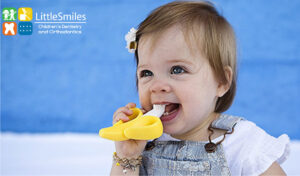
Bottle feeding and teething: how it affects your baby’s teeth
At Little Smiles, we suggest if your baby is given a bottle when going to sleep, try to use nothing but water. If bottles contain any sugary liquids or carbohydrates such as milk, formula or fruit juice, it can put teeth under attack from bacterial acid all night long. If choosing to give that last bottle of milk, be sure to not forget to use a soft cloth or infant toothbrush before going to bed.
Teething is a big deal! When giving your baby a teething ring, we recommend using a firm rubber teething ring to chew on. This helps with any discomfort and potential pain of TEETHING. Avoid liquid-filled teething rings, or any plastic objects that might break. Remember if you have any questions, do not hesitate to ask our Little Smiles team to help maintain a lifelong healthy smile!
2-5 years old guide to a healthy smile:
Did you know the most important time to brush your child’s teeth is right before bedtime? Although, you must remember to brush your child’s teeth at least twice a day, once in the morning and once at night. That last thorough brush at night is the most important. Keeping up with your child’s dental visit every six months is also a great way to keep away those little sugar bugs and helps remove and control tartar. In the meantime, keeping up with good oral hygiene habits at home is very important!
Starting at the age of 2 is the perfect age to choosing that perfect toothbrush. It’s fun at this age! Around this age, parents may be wondering whether a high-tech powered toothbrush may be more effective in cleaning children’s teeth than a manual toothbrush. Let me tell you, electric toothbrushes are fun and exciting. Many children love them because of its powered rotation and parents believe electric toothbrushes are more efficient and clean teeth quicker than the manual version. It is all in what your child’s need’s may be. Remember, every child is different!
Electric toothbrushes vs manual
The American Dental Association recommends soft-bristle brushes and to replace your toothbrush at least every three to four months or more often if bristles are visibly matted or frayed. It is very important you make sure you choose a toothbrush that’s the right size for your child’s mouth and avoid hard bristles that can irritate your child’s gums.
Choosing the perfect toothbrush is a lot of fun! Electric toothbrushes are fun and exciting! Many Children love them because of its powered rotation, music, timer, or even fun lights the electric toothbrush may feature. Parent’s believe that the electric toothbrush are more efficient and clean teeth quicker than the manual version.
Although, powered toothbrushes are fun and exciting for children, we believe that both manual and powered toothbrushes are effective at removing plaque. However, studies have shown certain types of powered toothbrushes with rotation oscillation movement to be more effective. This means bristles go around and round, back and forth.
If you clean your teeth regularly using proper brushing technique, you should be able to reduce plaque build-up and keep your gums healthy with either manual or powered toothbrush. Here are some benefits to both toothbrushes!
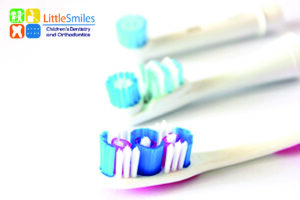
5 Benefits to using Electric toothbrush:
- Breaks up plaque and rotates to clear it away
- Removes more plaque along gum line
- Different modes to cleaning: Deep cleaning, whitening, sensitivity, tongue cleaning
- Does the work for you
- Timer: 2 minute brush seeing
If your child tends to brush too vigorously, which can damage your gums and teeth, a powered toothbrush may make it easier for your child to be gentle on their gums and teeth and get them clean all at the same time.
Manual Toothbrushes
Manual toothbrushes may not have all the bells and whistles found in many electric toothbrushes; they are still an effective tool for cleaning your child’s teeth. We all know the manual toothbrush has been around for a long time.
Benefits manual toothbrushes
- Does not need to be charged to function
- You can use a manual anywhere and at anytime
- Affordable
- You can find them anywhere
Most importantly, when it comes down to it, the best toothbrush for you is going to be the one you’re most likely to use and use well. Some children may not like the vibrating feeling of a powered toothbrush. Other children might find an electric variety easier to use to clean all tooth surfaces. If your child enjoys using his or her toothbrush, they are more likely to brush for the recommended time of two minutes. Some powered varieties even have built in timer to let you know when you’ve devoted enough time to brushing.
Summary:
Early introduction can lead to a stress free, battle free tooth brushing later! Getting your children involved in the process and excited about a new toothbrush may make tooth brushing a more enjoyable task. At Little Smiles, we can help you choose that right toothbrush that best fits your child. If you have any question, concerns, you can always contact us at Little Smiles!
